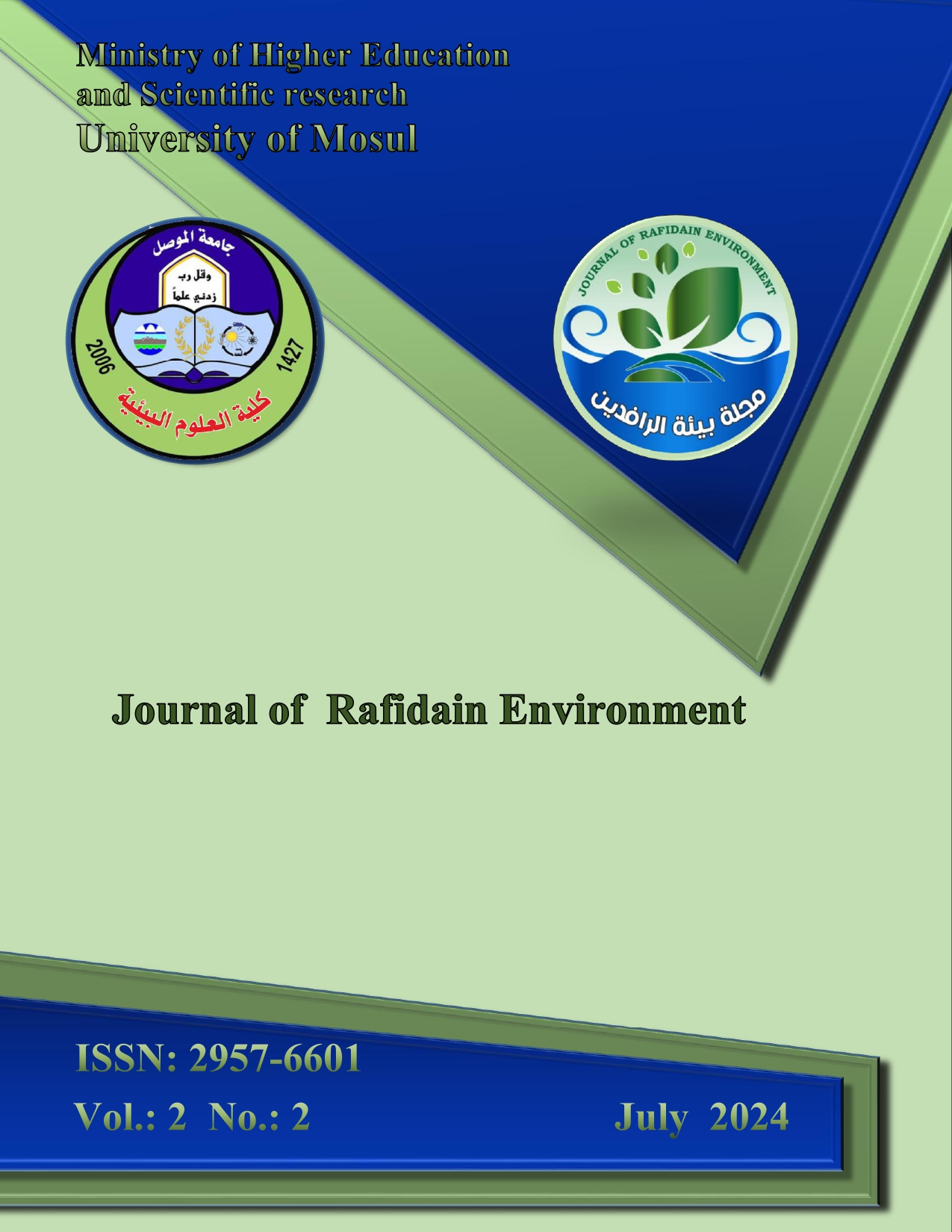التحليل الكمي وفحص المضادات الحيوية استراغالين و الأبين و الابيكاتشين المعزولة من حبة البركة والكمون والزعرور الأوربي عبر تحضير HPLC

منشور
Oct 6, 2025##editor.issues.pages##
1-10الملخص
تتعمق هذه الدراسة بالتحليل الكمي والفرز المضاد للفطرية في Astragalin ، Apiin ، Epicatechin المستخرجة من Nigella sativa, Cuminum cyminum, and Crataegus rhipidophylla من خلال الكروماتوغرافيا السائلة عالية الأداء (HPLC). ان هذه المركبات الحيوية النشطة، وهي مكونات ملحوظة لهذه مصادر النباتية، تنطوي على إمكانة علاجية كبيرة وقد استرعت الانتباه التطبيقاتها الدوائية. وبزيادة دقة وحساسية HPLC، فإن هذا البحث يحدد كميّة تركيزات هذه المركبات، بهدف إبراز إمكاناتها الصيدلانية وفعاليتها العلاجية.
وبالإضافة إلى القياس الكمي، يمتد نطاق التحقيق ليشمل تقييم الخصائص المضادة للفطر لهذه المركبات ضد Candida albicans. ويجري تقييم الآثار المثبطة Astragalin ، Apiin ، Epicatechin ، مما يسهم في تكوين أفكار جديدة عن العوامل الطبيعية المضادت الفطرية. ويربط هذا النهج الشامل بين التحليل الكمي لتقنية (HPLC) مع فحص المضاد الفطرية المحتملة، بهدف توفير فهم كلي لفعالية هذه المركبات النباتية وتطبيقاتها الطبية.
وتشير النتائج إلى وجود إمكانات واعدة لتنمية الادوية الصيدلانية لمكافحة التهابات الفطريات. وأظهرت Astragalin أعلى نشاط مثبط، يليه Apiin ، في حين أظهر Epicatchin كفاءة أقل ربما بسبب انخفاض تركيزها. وقد أبرزت هذه التنقية تركيز المركبات وعزلتها عن طريق مركبات الفلوروكربون تركيزاتها ونقاوتها، مبرهناً على كذلك إمكاناتها كعوامل طبيعية مضادة للفطر.
ويهدف هذا البحث إلى سد الفجوة بين المصادر النباتية والتطبيقات الصيدلانية، مع تقديم معلومات متعمقة عن الإمكانات دوائية صيدلانية لهذه المركبات الطبيعية ومدى فائدتها في مكافحة الأمراض الفطرية.
المراجع
- Al Aboody, M. S., & Mickymaray, S. (2020). Anti-Fungal Efficacy and Mechanisms of Flavonoids. Antibiotics, 9(2), 45. https://doi.org/10.3390/antibiotics9020045
- Ganzera, M., & Sturm, S. (2018). Recent advances on HPLC/MS in medicinal plant analysis—An update covering 2011–2016. Journal of Pharmaceutical and Biomedical Analysis, 147, 211–233. https://doi.org/https://doi.org/10.1016/j.jpba.2017.07.038
- Ivanov, M., Kannan, A., Stojković, D., Glamočlija, J., Grdadolnik, S. G., Sanglard, D., & Soković, M. (2020). Revealing the astragalin mode of anticandidal action. EXCLI Journal, 19, 1436–1445. https://doi.org/10.17179/excli2020-2987
- Jin, Y.-S. (2019). Recent advances in natural antifungal flavonoids and their derivatives. Bioorganic & Medicinal Chemistry Letters, 29(19), 126589. https://doi.org/https://doi.org/10.1016/j.bmcl.2019.07.048
- Miao, L., Zhang, H., Yang, L., Chen, L., Xie, Y., & Xiao, J. (2022). Chapter4.8 - Flavonoids. In S. M. Nabavi & A. S. Silva (Eds.), Antioxidants Effects in Health (pp. 353–374). Elsevier. https://doi.org/https://doi.org/10.1016/B978-0-12-819096-8.00048-3
- Nasim, N., Sandeep, I. S., & Mohanty, S. (2022). Plant-derived natural products for drug discovery: current approaches and prospects. In Nucleus (India) (Vol. 65, Issue 3, pp. 399–411). Springer. https://doi.org/10.1007/s13237-022-00405-3
- Qu, Z., Liu, A., Li, P., Liu, C., Xiao, W., Huang, J., Liu, Z., & Zhang, S. (2020). Advances in physiological functions and mechanisms of (−)-epicatechin. Https://Doi.Org/10.1080/10408398.2020.1723057, 61(2), 211–233. https://doi.org/10.1080/10408398.2020.1723057
- Tian, S., Shi, Y., Zhou, X., Ge, L., & Upur, H. (2011). Total polyphenolic (flavonoids) content and antioxidant capacity of different Ziziphora clinopodioides Lam. extracts. Pharmacognosy Magazine, 7(25), 65–68. https://doi.org/10.4103/0973-1296.75904
تنزيل هذا الملف
الإحصائيات
##submission.copyrightAndLicensing##

هذا العمل مرخص بموجب Creative Commons Attribution-NonCommercial 4.0 International License.